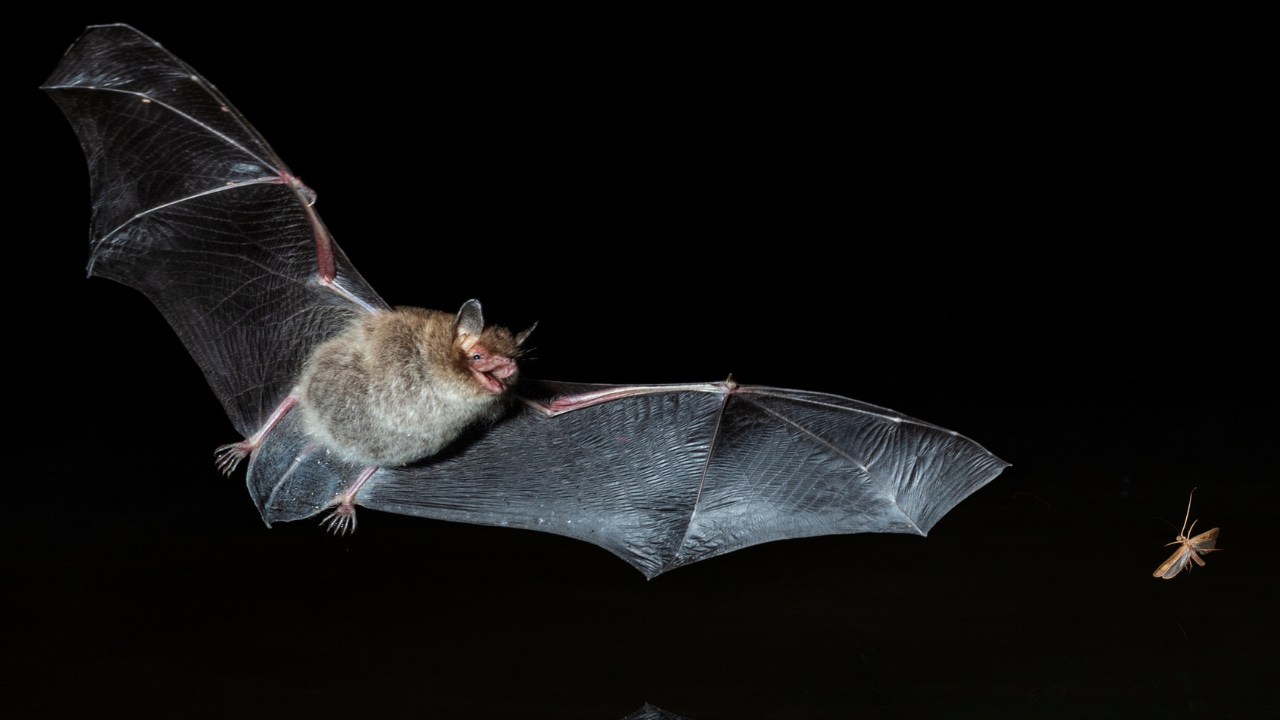Fieldwork: Why bats?
Bats are weird little wights, and I turns out I love ‘em
Each of the main four characters in Fieldwork is an academic with their own specialty. Nic studies hawfinches, Millie works on wood ants, Curtis is a freshwater habitat specialist, and Simone is bats. Sorry, Simone studies bats. Though she may also be bats, but that’s not for me to say.
Why bats, though?
The comedy in sitcoms comes from character, but characters have to be doing something. I mean, sure, I could have them sitting about in a research station making cups of tea and complaining about how someone left the milk out and now it’s gone off, or how they wish they could nip to the pub for a swift half instead but it’s too far away, or how one of them said they hadn’t eaten the lasagne that’s in the fridge but, well, somebody’s eaten it and we’ll damn well find out who. And I’m absolutely not interested in portraying scientists as nerds whose social awkwardness and monomania for their research topic are something to laugh at.
Not only would that not engage anyone with the topics of ecology, conservation and the environment, it wouldn’t engage me as a writer either. Those characters could be plopped down in any context and have the same complaints and deceptions, and that’s not interesting to me. I doubt it’d be interesting to you either.
I want my characters to be doing proper science and for the comedy to emerge from that, as well as from their interactions with each other. So the obvious place to start with my background research was to talk to people about their #FieldworkFails, which I started doing in May 2023. (This writing lark takes a long time when you can’t do it full-time.)
In the course of doing about a dozen interviews, I found a bat researcher who had some hilarious stories that I can’t wait to incorporate somewhere. But he also really inspired me to learn more about bats and it turns out that not only are they weird little wights, they are also fascinating.
You probably know that bats navigate and hunt using echolocation. They fly around, shouting their little heads off and listening for scraps of sound to be bounced back at them by solid objects in their surroundings, whether that’s a tree or dinner. Now, you might ask, how is it that bats don’t deafen themselves?
It turns out that bats shut their ears off whilst they are yelling. Their middle ear muscle, the stapedius, clamps down on the tiny bones in the ear called the hammer, anvil and stirrup, thus dampening any incoming sound. Able to contract up to 200 times a second, to match the frequency of their squeaks, this makes the stapedius the fastest moving muscle of any mammal.
How cool is that?
But what I find myself really interested in, for the sake of Fieldwork, is the work that researchers are doing to increase roosting opportunities for woodland bats. As with a lot of our wildlife, bats have suffered from a loss of both habitat and food supplies. As our landscape has been more intensively farmed and generally tidied up, bats have lost places to roost and raise their young as older ‘veteran’ trees are removed from hedgerows and fields, and as woodlands are isolated by open fields.
These veteran trees are more likely to have holes, cracks and lifting bark that bats can roost in. Although it is possible for bats to find a spot to kip in younger and smaller trees, these types of features are more common in older trees. So there are researchers working on ‘veteranisation’, which Vikki Bengtsson describes as ‘torturing trees’, through techniques such as drilling holes to mimic woodpeckers, ripping branches off, taking the bark off branches or at the bottom of the trunk to mimic the action of deer, or cutting a channel down the tree to mimic a lightening strike.
It’s even possible to make nest boxes by cutting a wedge of wood out of the tree, trimming off the back and top, and then nailing it back in place. The tree will heal around the edges, leaving a gap inside and a little slot for the bats to get in.
But it’s not enough to provide beds, you also need to provide breakfast. And that means insects.
Interestingly, a recent paper found that bat populations benefited from beaver reintroduction in England and Wales.
Researchers from UWE Bristol found that bat movements in beaver enclosures were significantly higher than in comparable wetland sites where no beavers are present.
That’s no surprise, really. Beavers create wetlands which are crucial habitats for insects. Indeed, the Knepp Estate in Sussex has seen bat species rebound even without beavers, thanks in part to the restoration of their river. They added meanders, slowed down the water and allowed the flood plain to, well, flood. Also important was the cessation of pesticide use and the rewilding work that has resulted in a resurgence of nectar-producing plants which, again, support an expanding insect population.
There’s just so much that’s interesting about bats. A third of all mammal species in the UK are bats, and they are an indicator species, letting us know how the environment as a whole is doing. Their stories connect directly to the story of our landscapes and tell us about the health of our ecosystems.
So, why bats? Why not bats! In fact, now I know a bit more about them, I can’t imagine writing anything about ecology and conservation that didn’t have bats in.



Bats are fabulous, they are major pollinators in the tropics, they are the only mammal to give birth upwards, and we should be all for them.